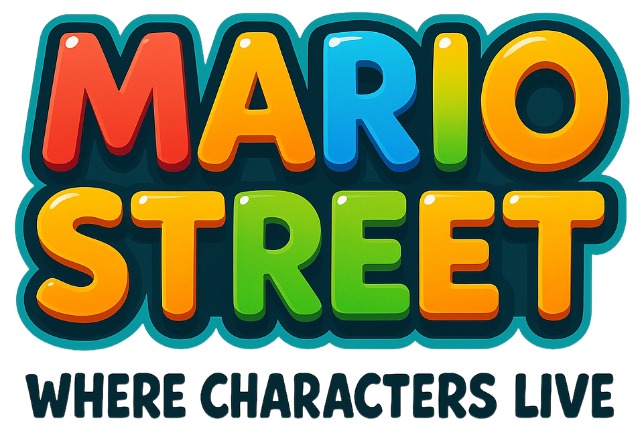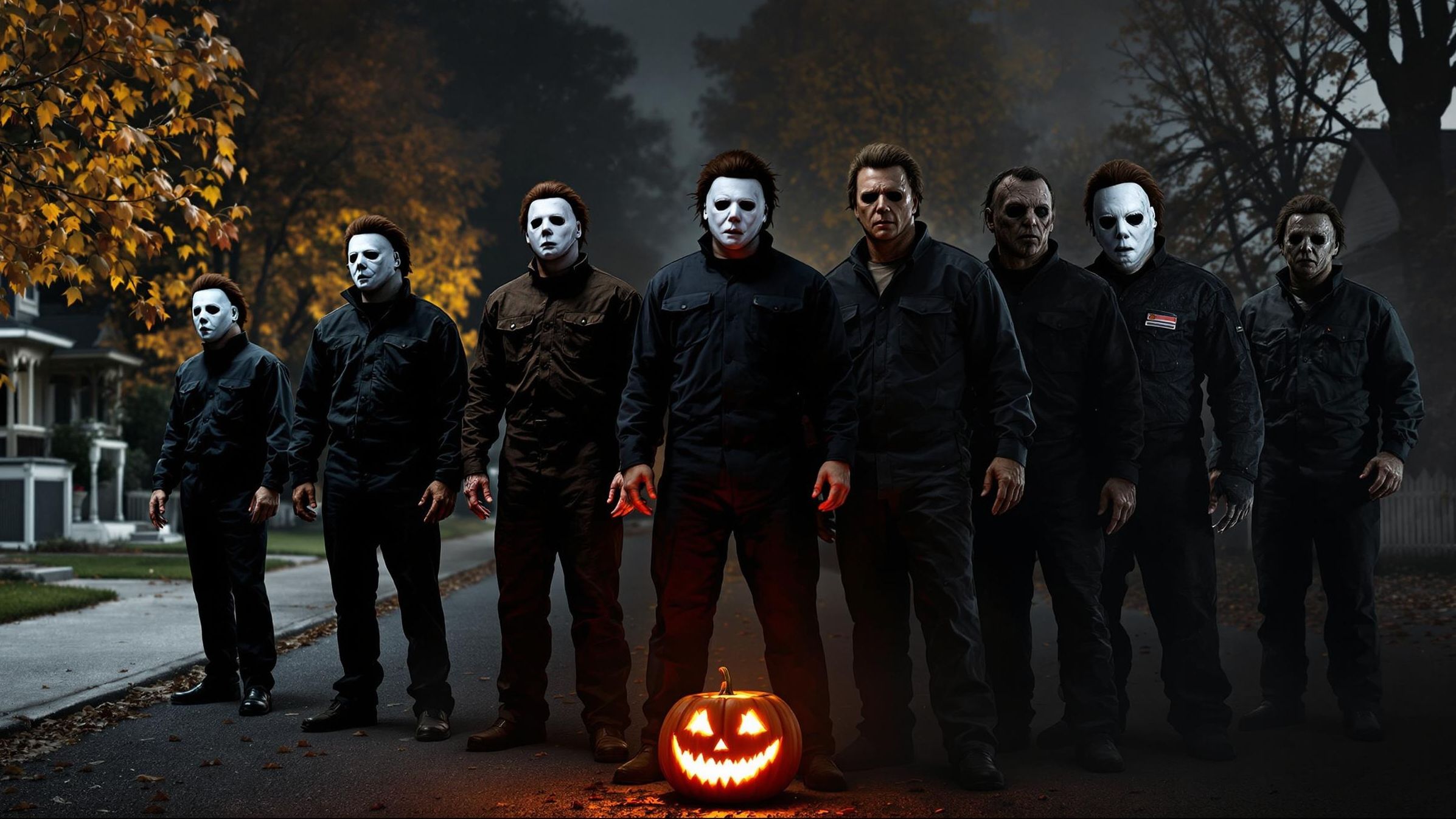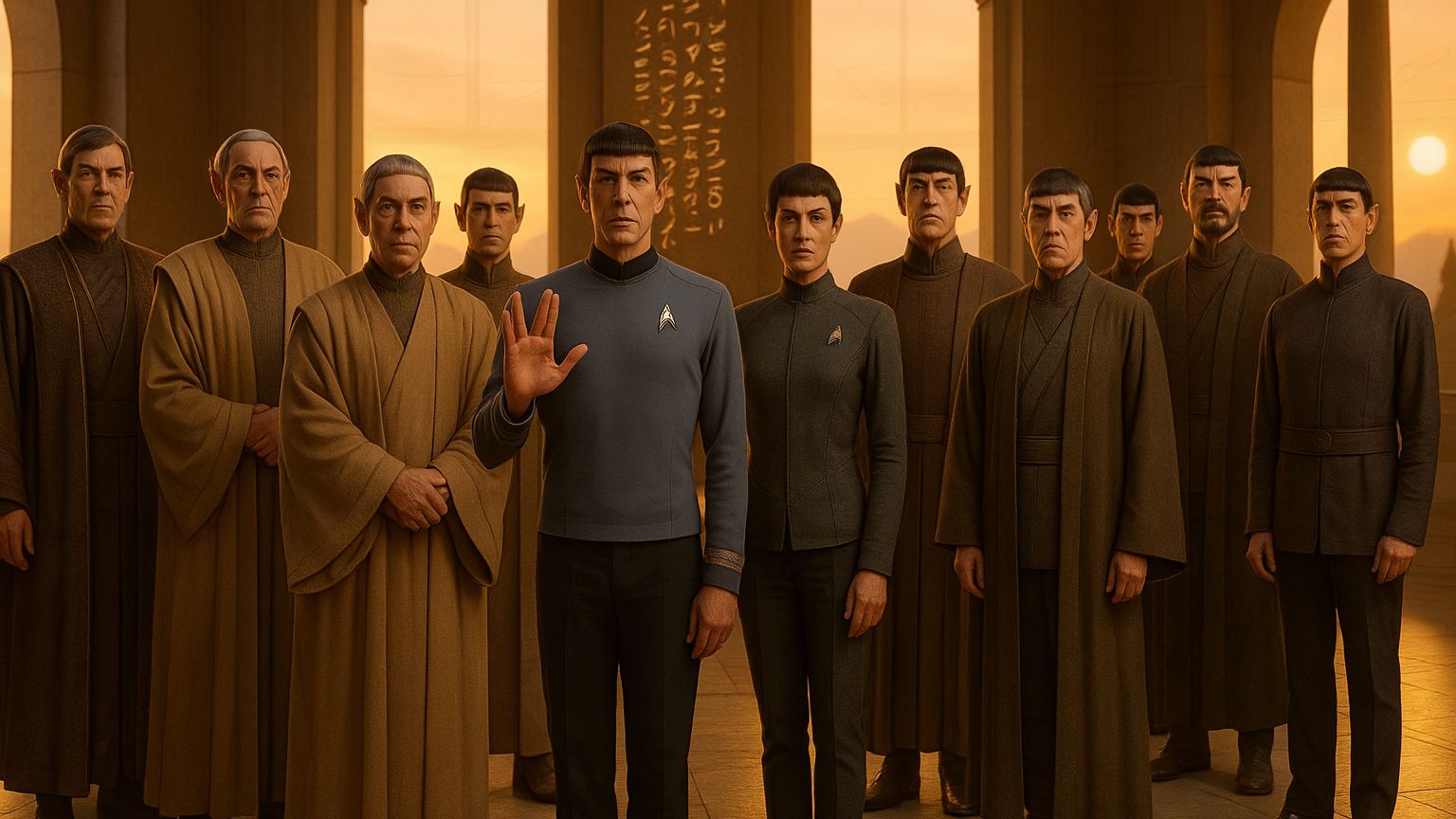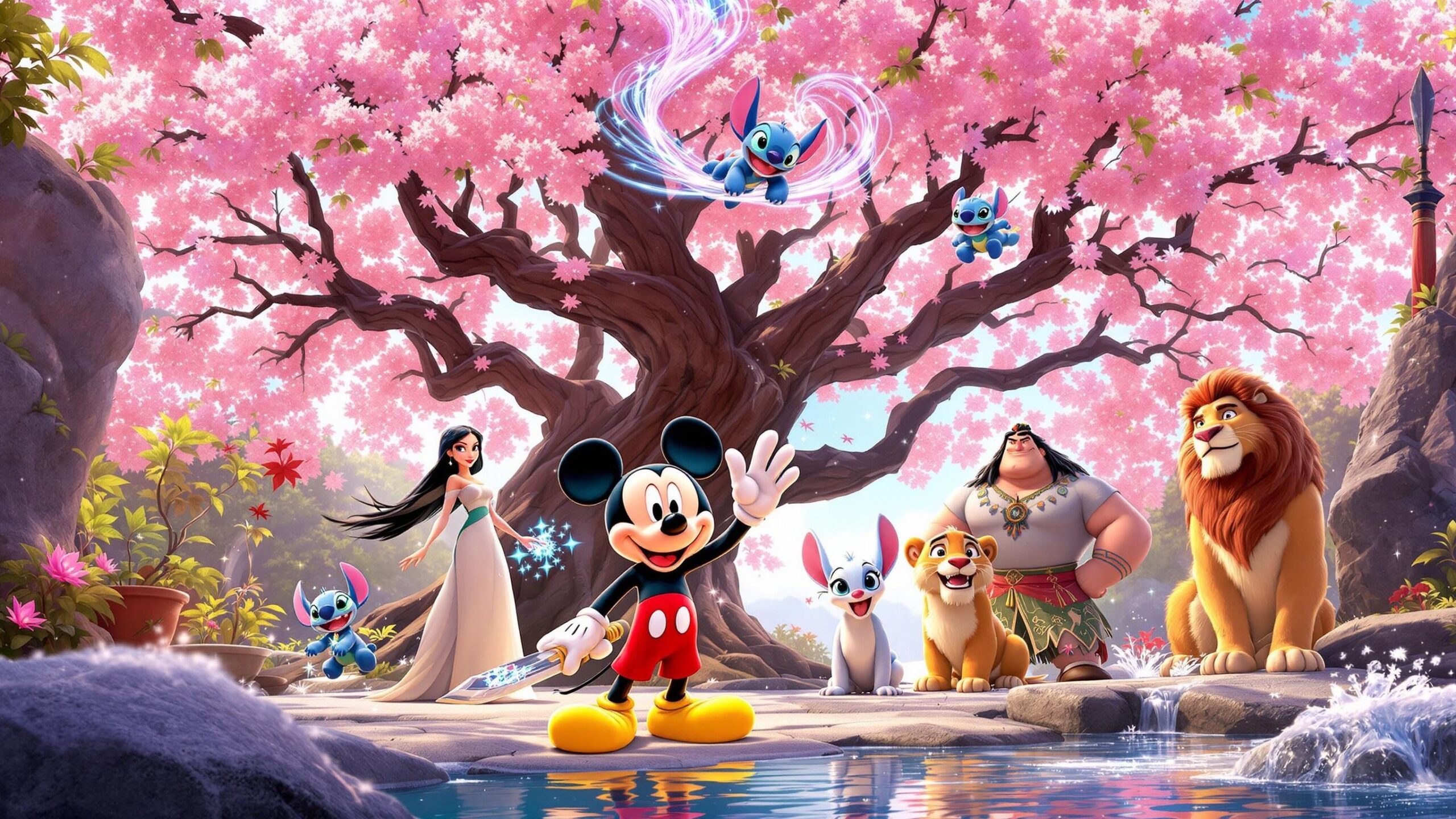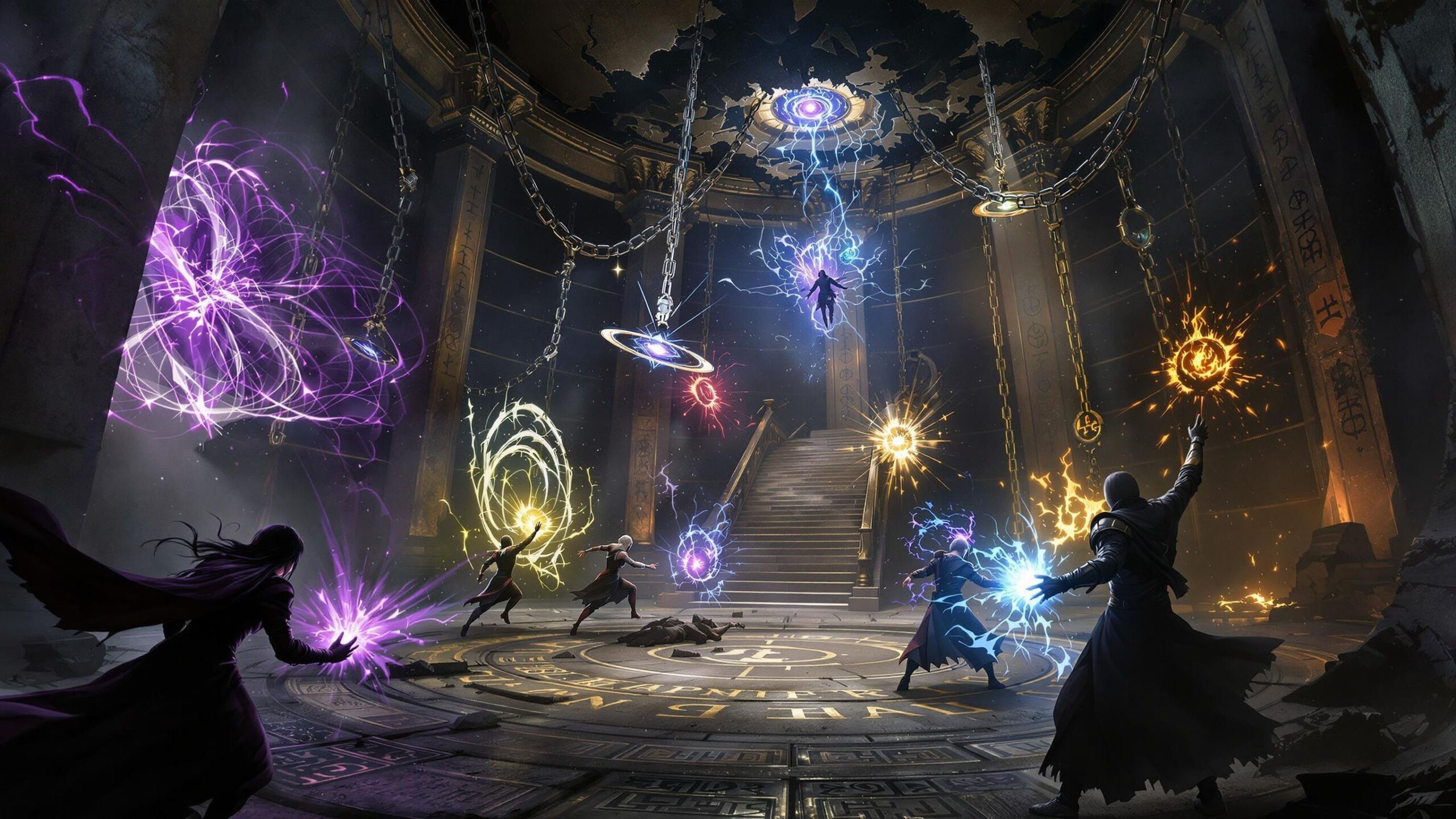For more than 40 years, Michael Myers has haunted the silver screen with his silent menace, pale mask, and brutal efficiency. Debuting in John Carpenter’s Halloween in 1978, Myers—also known as “The Shape”—quickly became the blueprint for modern slasher villains. But unlike many of his cinematic peers, Michael’s character has endured and evolved across multiple timelines, reboots, and reinterpretations. From a mysterious embodiment of evil to a near-supernatural killing machine, and back to a more grounded killer, Michael Myers has shifted to reflect the fears, filmmaking styles, and storytelling trends of each era.
Through sequels, remakes, and retcons, Myers’ persona has gone through dramatic transformations. His backstory has been expanded, erased, and rewritten. His physicality has changed with each new actor behind the mask. Even the iconic mask itself has varied from chillingly expressionless to oddly distorted. And yet, despite these changes, the essence of Michael Myers—his emotionless stare, his relentless pace, and his inexplicable drive to kill—remains terrifyingly consistent.
In this feature, we’ll trace the evolution of Michael Myers across the decades: from his original incarnation as the faceless boogeyman in a small Illinois town, to his mythic status in the Thorn trilogy, through Rob Zombie’s raw and brutal reimagining, and finally to the modern legacy trilogy that brought him back to terrifying form. Whether portrayed as a man, a monster, or something in between, Michael Myers remains the eternal symbol of Halloween horror.
The Silent Birth of a Horror Icon (1978)
For more than four decades, Michael Myers has stalked the cinematic shadows, an unstoppable force whose legacy has only deepened with time. Since his silent debut in John Carpenter’s Halloween in 1978, Myers—referred to in the credits simply as “The Shape”—quickly became the blueprint for the modern slasher villain. But what exactly has kept him relevant for over 40 years? The answer lies in his simplicity, adaptability, and his chilling embodiment of pure evil.
From the start, Michael wasn’t motivated by vengeance or trauma—he was a mystery. His first murder at six years old is never explained. He escapes from a mental institution fifteen years later with no clear objective other than to kill. This randomness made him terrifying. The blank expressionless mask, the silent stalking, the emotionless stare—it all contributed to an unsettling feeling that Myers wasn’t human. He was a force of nature. And unlike Dracula or Frankenstein, he wasn’t rooted in lore or mythology. He was just there, lurking in the background of your neighborhood.
From Mystery to Motive – The Family Connection (1981)
When Halloween II was released in 1981, Michael’s mythos began to change. The film famously introduced the twist that Laurie Strode was Michael’s long-lost sister. Suddenly, his killing spree wasn’t just random—it was personal. This revelation added a new layer to the story, one that explained why Laurie was being targeted, but it also began to chip away at what made Michael so frightening: the idea that he could target anyone.
While the sequel leaned harder into gore and upped the body count, it also began the franchise’s long-running struggle between mystery and explanation. As audiences demanded to know more about their favorite killers, Michael slowly began to be demystified. Still, his presence remained terrifying, and the hospital setting allowed for some of the most claustrophobic and tense kills in the series.
The Curse of Thorn and the Mythologizing of Michael (1988–1995)
After a brief hiatus, the franchise returned with Halloween 4: The Return of Michael Myers—a title that wore its intent proudly. Audiences wanted Michael back, and they got him in a big way. Over the course of Halloween 4, 5, and The Curse of Michael Myers, the series took a turn toward supernatural horror. Michael became the subject of the “Curse of Thorn,” an ancient Druidic symbol that explained his immortality and his compulsion to kill his bloodline.
This trilogy divided fans. On one hand, it gave Michael a mythology and elevated him to more than just a killer. On the other, it robbed him of his ambiguity. He became less of a shape in the shadows and more of a puppet of fate. Still, this version of Michael was brutally effective—he was more violent, more relentless, and visually more menacing than ever. The use of different actors behind the mask also gave Myers subtle variations in physicality, keeping him fresh even as the mythology grew convoluted.
Back to Basics – H20 and Resurrection (1998–2002)
With slasher films experiencing a resurgence thanks to Scream, 1998’s Halloween H20 attempted to bring Michael Myers into the modern era while reconnecting with the original story. Ignoring all sequels after Halloween II, this film brought back Jamie Lee Curtis as Laurie Strode—older, paranoid, and emotionally scarred. The dynamic between Laurie and Michael took center stage, turning their reunion into a high-stakes emotional showdown.
This version of Michael was more calculated and restrained. He wasn’t supernatural or mythic—just a deadly stalker returning to finish what he started. The film’s tone was tighter, more suspense-driven, and character-focused. While some criticized the overly polished look and Hollywood sheen, H20 successfully rekindled fan interest and gave Laurie a satisfying (if short-lived) arc.
Unfortunately, the goodwill was undone by Halloween: Resurrection in 2002, which killed Laurie in the first ten minutes and shifted focus to a group of reality show contestants in the Myers house. The film is widely considered a low point in the series, and Michael—despite still being terrifying—was overshadowed by poor storytelling and gimmicky plot devices.
The Rob Zombie Reimaginings (2007–2009)
With the franchise adrift, director Rob Zombie reimagined Halloween in 2007 as a gritty, brutal origin story. In his version, Michael’s childhood is explored in detail, depicting an abusive household and a slow descent into violence. This approach divided fans sharply. Some praised the psychological depth and brutality; others missed the mystery that had once defined the character.
Zombie’s Michael was larger, meaner, and far more animalistic. He didn’t stalk—he smashed. The kills were longer, more painful, and emotionally disturbing. Halloween II (2009) doubled down on the raw violence and introduced surreal visions and dream imagery, making the films feel more like psychological horror than traditional slashers.
Despite their polarizing reception, these films proved that Michael Myers could be adapted for a new generation. He could be reinterpreted. The mask could change. The origin could shift. But the core element—Michael as a figure of unstoppable destruction—remained intact.
Legacy Restored – The 2018 Trilogy Begins
In 2018, Michael Myers came full circle. Directed by David Gordon Green and produced with the involvement of John Carpenter, Halloween (2018) ignored every sequel after the original. It reset the board: no family ties, no Curse of Thorn, no supernatural forces—just Michael, escaping after 40 years in captivity, returning to Haddonfield to kill again.
This return to form was met with acclaim. Michael was terrifying again—silent, emotionless, and brutal. The kills were efficient, sometimes grotesque, but always purposeful. And Laurie Strode, once again played by Jamie Lee Curtis, was no longer a screaming teenager. She was a survivor dealing with decades of PTSD, paranoia, and survivalist obsession. The film asked an important question: What happens when you spend your life preparing for evil to return?
Michael, meanwhile, remained unchanged. He hadn’t aged emotionally. He hadn’t spoken a word. And that constancy made him terrifying. In a world where trauma evolves and scars deepen, Michael is the same. He is fear that never changes.
Halloween Kills – Chaos and Carnage (2021)
Halloween Kills took things in a more chaotic direction. Michael became even more brutal, dispatching entire groups of people in a single sequence and carving his way through Haddonfield like a reaper. The film introduced the theme that evil spreads—that Michael’s return infects the town with hysteria. The townspeople become a mob, driven by fear, committing their own brand of violence in the name of justice.
Michael, however, is indifferent to all of it. He doesn’t care about the hysteria, the history, or the symbolism being placed on him. He simply continues to kill, returning to his childhood home like an instinct. The film suggested that Michael might be more than human, gaining strength from fear and death. Whether literal or metaphorical, the implication was clear: he is not just a man.
The violence in Halloween Kills shocked many, with some of the most graphic kills in the franchise. But it also continued to explore how trauma spreads—not just for survivors like Laurie, but for entire communities.
Halloween Ends – The Shape as a Legacy (2022)
Halloween Ends delivered the most unexpected shift in the franchise. Rather than focusing entirely on Michael, the film introduced Corey Cunningham, a young man ostracized by the town and slowly corrupted into becoming a killer himself. Michael, now weakened and hiding in the sewers, seems to pass the metaphorical baton to Corey. For long stretches of the film, Corey becomes the new Shape, donning the mask and adopting the role.
This was a bold narrative decision that divided fans. Some appreciated the exploration of how evil can be transferred and how a community’s fear can create new monsters. Others were disappointed by Michael’s limited screen time. But the film’s closing act reminded viewers that Michael is still the central force. When he returns, he’s just as deadly, and his final confrontation with Laurie is one of the most emotionally charged battles in the series.
Halloween Ends posited that evil isn’t just in a man—it’s in the spaces we leave unhealed, in the fears we refuse to face. Michael is a man, yes, but he is also a symbol. A presence. A force that waits in silence until the door creaks open again.
Why Michael Myers Still Haunts Us
Michael Myers has survived 40+ years not because of how much he’s changed, but because of how much he hasn’t. He is the embodiment of evil without explanation. He doesn’t talk. He doesn’t run. He doesn’t reason. He is a blank slate onto which we project our worst fears: the home invader, the stalker, the unstoppable killer. And as horror has changed—from slasher spectacles to trauma-centric storytelling—Michael has shifted just enough to remain relevant.
Each version of Michael mirrors the anxieties of its time. In 1978, he was the stranger in the suburbs. In the ‘80s and ‘90s, he was a cursed enforcer of family trauma. In the 2000s, he was a product of a broken world. In the 2010s and 2020s, he became a symbol of unprocessed fear—something you can’t talk through, outsmart, or escape. Something you must confront.
And yet, at the heart of every timeline, reboot, or reinvention, the core remains: a silent figure, wearing a pale mask, standing in the dark. Watching. Waiting. Following.
Michael Myers is timeless not because he evolves—but because he doesn’t have to.
